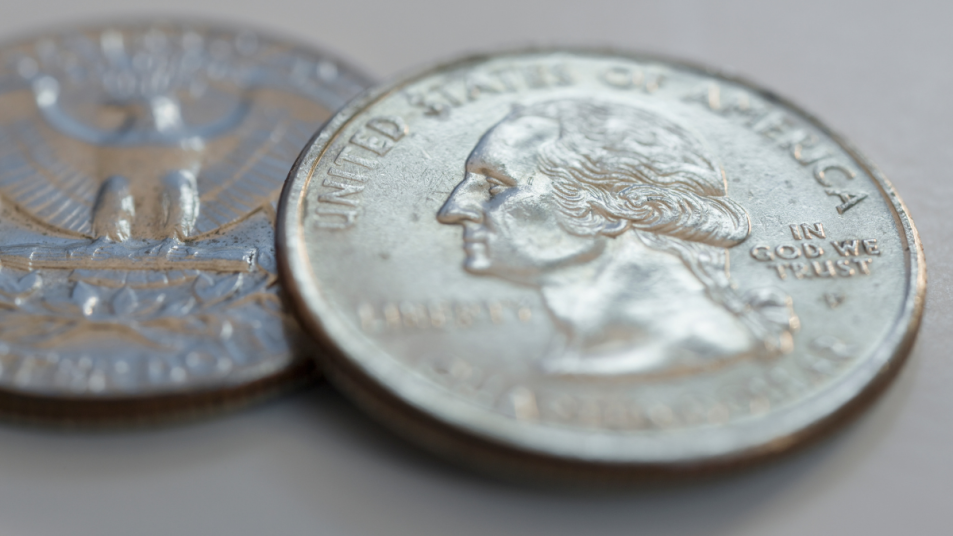Check Your Change Jars! This Quarter From 1970 Is Worth $35,000 Today

We all have loose change sitting around, despite our promises to ourselves to roll ’em and bring ’em to the bank — or at least deposit them in one of those sorting machines. And while it’s no surprise that many 200-year-old coins are worth more than the standard value, it turns out that a 1970 quarter could be worth far more than 25 cents!
How much more? Well, there is currently a quarter listed on eBay that’s going for a whopping $35,000 sales price. Yes, you read that correctly: That’s a five-figure sum for a single piece of change. And there are actually 146 people potentially interested in paying that amount for a 25-cent piece!
Why put so much money into some run-of-the-mill pocket change? Going back over half a century ago, some of these unique quarters were formed over 1941 Canadian quarters due to a manufacturing issue at a mint facility in San Francisco. Instead of printing new currency on blank coins during the normal process, the machine accidentally put the new design on top of these existing quarters. The error is only slightly visible though; in fact, if you’re not intentionally keeping an eye out for it and using a magnifying glass, you may miss it entirely. But if you look closely enough, you can see the year 1941 in upside-down markings above the word “DOLLAR.”
Though it may be unlikely a high-value 1970 quarter is in your change jar, you never know! You might as well sift through that loose change before tossing it in a piggy bank or throwing it into the bottom of your purse. Don’t have one this 1970 quarter? There are plenty of other rare coins floating around nowadays, like this ultra-rare nickel, these unique Wisconsin quarters, and this special 1995 silver dollar. You never know what might be lurking around until you have a second look!
This article originally appeared on our sister site, Woman’s World.













